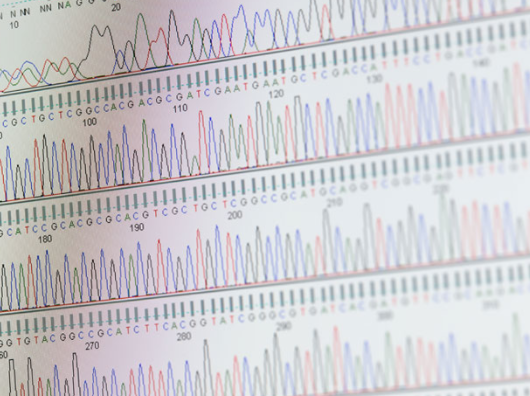In this series, we are highlighting some of our founder, Dr. Yelena Sheptovitsky’s, favorite manuscripts, publications, and news pieces all relating to the world of protein expression, life science, and CRO’s.
Today we take a look at “Production of recombinant proteins by high cell density culture of Escherichia coli”. Jong Hyun Choia, Ki Chang Keumb, Sang Yup Leea

Abstract
Escherichia coli has been the most widely used host for the production of recombinant proteins because it is the best characterized system in every aspect. Furthermore, the high cell density culture of recombinant E. coli has allowed production of various proteins with high yield and high productivities. Various cultivation strategies employing different host strains and expression systems have been successfully employed for the production of recombinant proteins. New strategies for strain improvement towards the goal of enhanced protein production are actively being developed based on high-throughput omics approaches such as transcriptomics and proteomics. This paper reviews recent advances in the production of recombinant proteins by high cell density culture of E. coli.
2005 Elsevier Ltd. All rights reserved.
Introduction
Recombinant DNA technology and large-scale culture techniques have made it possible to produce various recombinant proteins in amounts suitable for research, clinical and industrial purposes. Escherichia coli has been the most widely used prokaryotic host because it has been best characterized in terms of its molecular genetics, physiology, and expression systems (Choi and Lee, 2004; Makrides, 1996). The development of high cell density culture (HCDC) techniques for E. coli (Lee, 1996) has facilitated the production of recombinant proteins and non-protein biomolecular products such as amino acids, primary and secondary metabolites with high productivities.
∗ Corresponding author. Department of Chemical and Biomolecular Engineering, KAIST, 373-1, Guseong-dong, Yuseong-gu, Daejeon 305- 701, Republic of Korea. Tel.: +82428693930; fax: +82428698800.
E-mail address: leesy@kaist.ac.kr (S.Y. Lee).
0009-2509/$ – see front matter 2005 Elsevier Ltd. All rights reserved. doi:10.1016/j.ces.2005.03.031
One area that stands to be mentioned:
Conclusions
High cell density culture of E. coli for the production of recombinant protein Once the expression system is developed, HCDC is carried out to increase the protein product titer. Studies have shown that nutrient composition, nutrient feeding strategy and fermentation variables such as temperature, pH and dissolved oxygen (DO) level can affect transcription, translation, proteolytic activity, secretion, production levels, and stability. These parameters, therefore, have to be optimized for high-level production of the desired recombinant protein. HCDC suffers from several drawbacks, including limited availability of DO at high cell densities, accumulation of carbon dioxide to the levels that can decrease growth rate and stimulate acetate formation, reduced mixing efficiency in the fermentor, and heat generation (Lee, 1996). In addition, it has been shown that the specific productivity of recombinant proteins obtained by HCDC is generally lower than that obtained by flask culture (Jeong and Lee, 1999). A variety of techniques have been developed to solve these problems, including the use of different promoters to regulate the level of expression, use of different host strains, use of most suitable nutrient feeding strategy, and use of oxygenenriched air or pure oxygen. Furthermore, the proper HCDC condition needs to be developed when the process will be scaled-up because there are problems of heat and mass transfer in large scale fermentors. For example, even though cell concentration can reach over 100 g dry cell weight per liter in a lab-scale fermentor, it is often difficult to achieve this value in a large scale fermentor. This should be kept in mind when developing and optimizing the fermentation process. Table 2 shows representative examples of recombinant protein production by the HCDC of E. coli
To read the full review, click here.
ARVYS Proteins, Inc. specializes in protein expression and purification from E.coli. From private and public institutions, ARVYS Proteins provides protein science services for critical projects.




